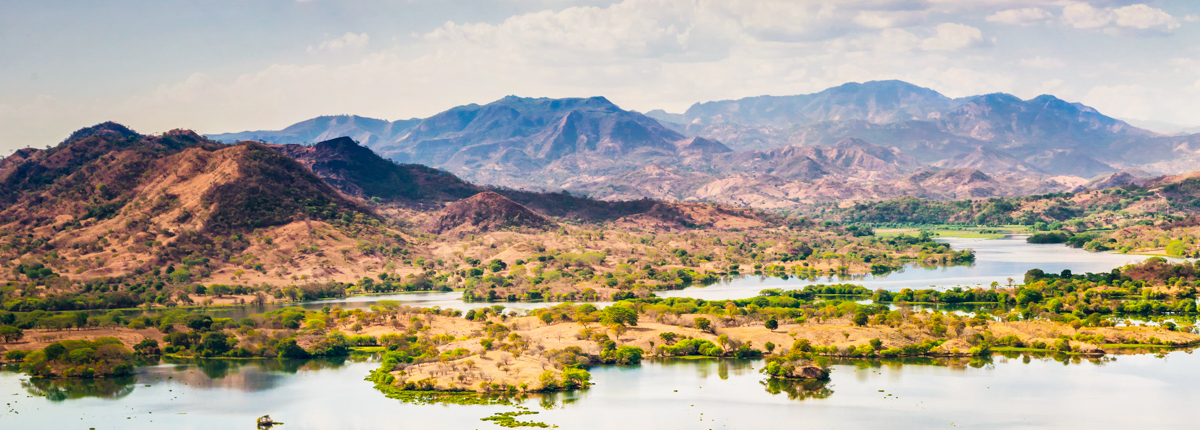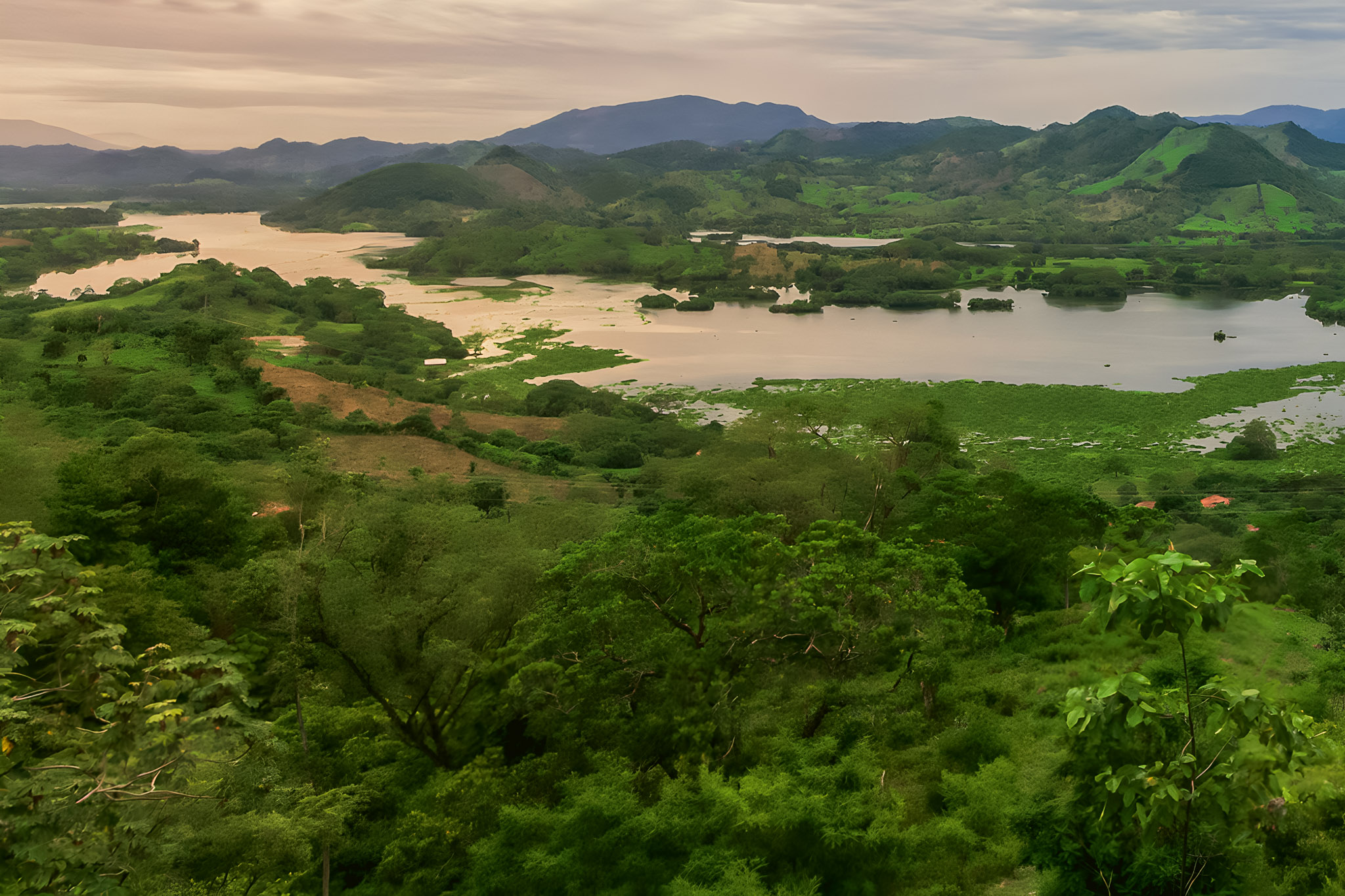
How USAID’s Upper Lempa Watershed project supports transboundary water security and resilience in Central America
The USAID Upper Lempa Watershed Project, implemented by Winrock International, focuses on the headwaters of the Lempa River, one of the longest in Central America – and the largest river in El Salvador. The project engages government, communities, environmental groups and other stakeholders across El Salvador, Guatemala and Honduras to improve the health and resilience of the Upper Lempa Watershed, directly impacting the wellbeing and water security of approximately 180,000 people in the three countries. As World Water Day 2024 approaches, we asked Chief of Party Deisy Lopez and her El Salvador-based team how the Upper Lempa Watershed Project collaborates with partners to help communities and government of the three nations achieve their aims for this critical natural resource.
What are the main goals of the USAID Upper Lempa Watershed Project?
The main goal is to support improved water resource management in the watershed through enhanced water quality, quantity and reliability. To do that, we’re working with a wide range of partners to address water security risks linked to man-made, climate, and environmental factors in an area that covers approximately 260,000 hectares – equivalent to just over 641,000 acres ─ of the watershed. This is a biologically significant region that contains many important and protected ecosystems. To give a sense of the area this big watershed covers, it’s similar in size to Los Angeles, California.
The main activities will help to mitigate future water security risks by ensuring that national water authorities in each of the three countries – Guatemala, where the river’s headwaters are located; Honduras; and El Salvador, where the river empties into the Pacific ─ and transboundary institutions have the information and support they need to effectively, inclusively plan and make decisions to enhance water security in the river’s basin. Also ─ to reduce risks for the tens of thousands of downstream water users who depend on the Lempa River for economic prosperity, ecosystem services and their own wellbeing. The project also promotes productive economic activities that help reduce violence and gender discrimination. In addition to Winrock, project partners include Plan Trifinio, Tetra Tech ARD, the Stockholm Environment Institute, and the Center for Water Security and Cooperation.
Why is the Upper Lempa River Watershed so important?
It’s the watershed of one of the longest rivers in Central America, and the river is also El Salvador’s largest and only navigable one. The northern valley has hydroelectric plants that supply power to most Salvadorans, and the southern basin is an important agricultural area, as it provides drinking water to 1.5 million Salvadorans at the metropolitan area. It’s also very beautiful: check out this USAID video to see some of it:
Despite its beauty, the Lempa River is at risk, for many reasons, including climate change, but also due to challenges with coordination amongst the jurisdictions and people who rely on it for drinking water, for irrigation for farms and livelihoods including aquaculture.
What are some of the project’s main strategies for improving water resources management?
We are working closely with our partners using a locally-led approach to strengthen regional, national, and local institutions, municipalities, and civil society organizations, including environmental and conservation-focused groups, in all three countries. These stakeholders already share common principles. They agree on the need to improve capacity and funding to empower their own institutions, citizens, CSOs and governments to efficiently, equitably protect water security and manage biodiversity. Ultimately, these measures aim to mitigate risks to water security, better protect human health, security and the economy, build prosperity and climate resilience, and preserve ecosystems and biodiversity.
We have three key objectives: Fortifying capacity to monitor water and utilize data for informed decision-making; showcasing the practical application of USAID’s Water Security Improvement process to local partners with a focus on municipal applications; and conducting a comprehensive assessment of the financial landscape within water resource management to facilitate stakeholder access to vital resources.
How’s it going, so far?
We are a five-year project and just finished our second year. We are making substantial strides in augmenting the health and resilience of the watershed, which encompasses the headwaters of the Lempa River. This work is pivotal in addressing the underlying causes of irregular migration, violence, and gender discrimination by sustaining economically productive activities and fostering adaptation to climate stressors. We use a combination of approaches, including exploring ways that new technology, data collection, analysis and sharing can help people across all three countries better protect the river, while simultaneously fostering intensive, community-led collaboration in planning and action.
Can you tell us three specific ways the project helps improve water security in the region?
First, we are working with partners to strengthen local capacity to reduce the algae presence at the intake of the Torogoz Drinking Water Treatment Plant and to support the plant’s early water quality alert system.
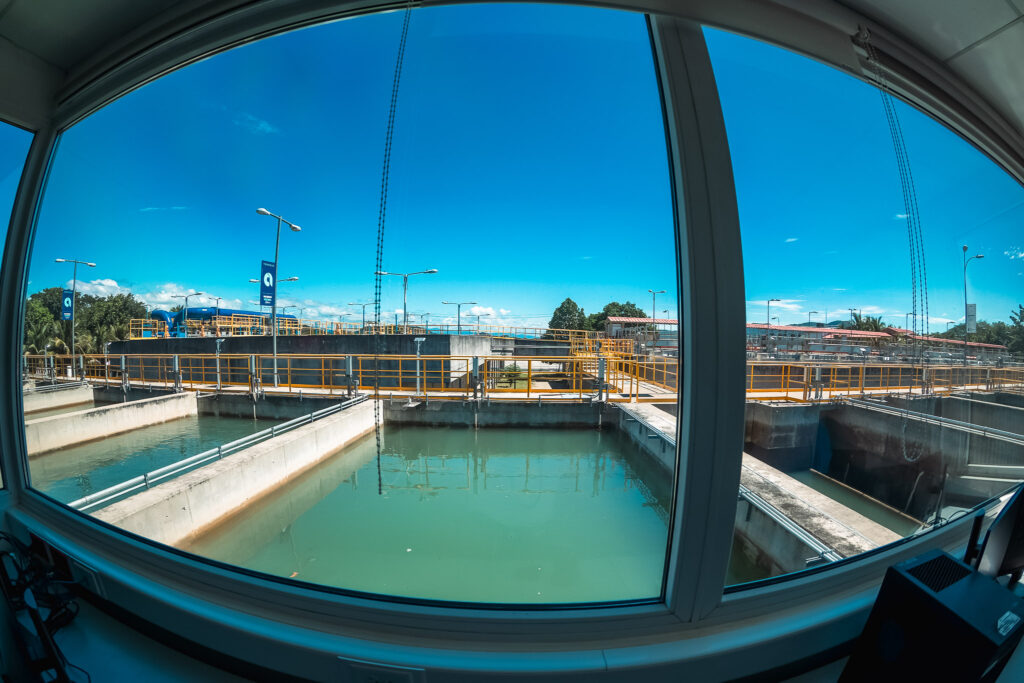
This is an important facility that treats drinking water for around 1.5 million Salvadorans. It is named after El Salvador’s national bird, the Torogoz, a symbol of freedom and the beauty of our natural environment. As in other freshwater bodies around the world, the algae proliferation problem in the Lempa River is exacerbated by climate change, in part because warmer temperatures encourage growth and distribution of algae in rivers and extends the growing season for algae, leading to longer blooms. Excessive nutrient runoff into the river is also a factor. To help government tackle this near the treatment plant, USAID provided three ultrasonic buoys to El Salvador’s National Administration of Aqueducts and Sewers (ANDA), which is responsible for providing water services in El Salvador. The buoy network reduces algae contamination in the river using ultrasound.
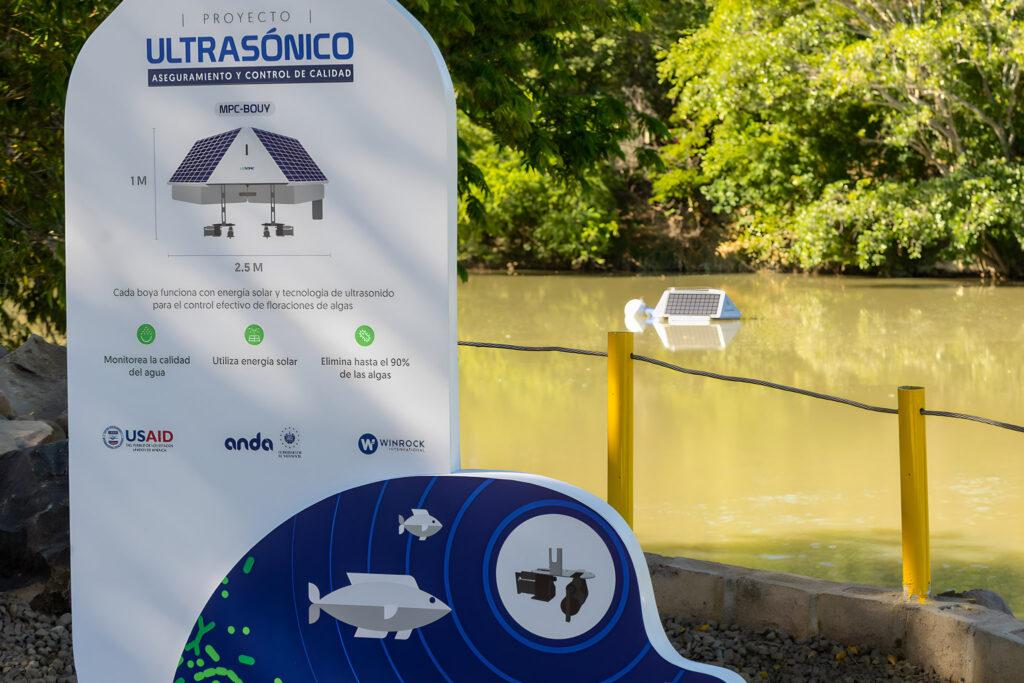
The buoys are floating platforms that use solar energy and ultrasound pulses to control microalgae in an area of up to 500 meters in diameter each, eliminating up to 90% of toxic microalgae and preventing their growth. They’re helping to combat excessive growth of microalgae, which affects the water’s quality – including its color, taste, odor and suitability for consumption.
Introduction of this new technology is a major step toward improved water quality.
We also are supporting the development of new Municipal Water Security Plans in El Salvador, Guatemala and Honduras.
The project recognizes the interplay between local governance and the wellbeing of the watershed. This approach embodies our commitment to establishing a direct and efficient avenue for improving water security. By focusing on municipal collaboration, the project aims to address the immediate needs of communities and foster a more resilient and sustainable water management system.
As ANDA President Rubén Alemán noted recently about the ultrasonic buoys: “In addition to controlling algae proliferation, they continuously monitor the water in the Lempa River. The data is reflected directly in real-time in our automated control center. This modern system will contribute to ensuring the water quality entering our drinking water treatment plant and improving the surveillance and early warning system for the Upper Lempa Watershed.”
Municipal Water Security Plans are part of this approach because they help to identify and address the current issues and state of water resources in municipalities along with their organizational management and governance while also addressing future challenges and building climate-resilient programming. The plans include activities and interventions to help municipalities achieve improved water security, which benefits citizens through more reliable water supply. We have prioritized communities that are the most vulnerable to water security risks, and work on these plans in close collaboration with municipal governments, water users and local organizations in all three countries.
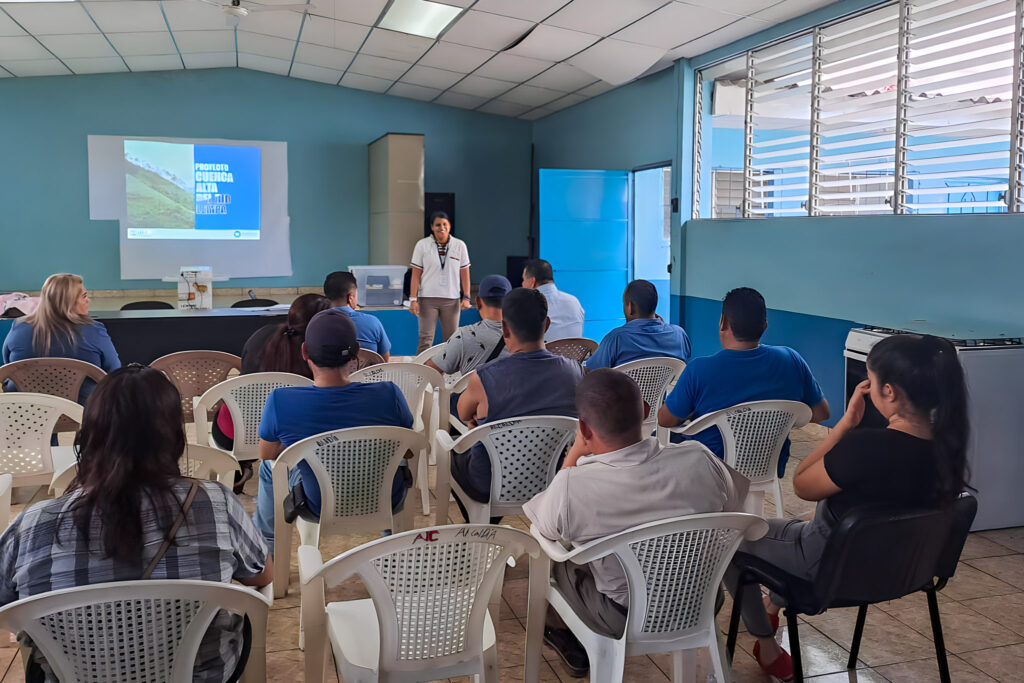
The process we use ensures local ownership and leadership from the beginning, from generating interest and commitment to the planning process all the way to validation of the final plan. It involves carefully collecting information about each municipality’s current water management and use.
And third, we’re helping to boost local capacity to monitor water quality through hydrometric data collection.
In coordination with the Ministry of Environment and Natural Resources (MARN) of El Salvador, the project is constructing and equipping six riverine hydrometric stations in the main tributaries of the Lempa River. These stations are the first of their kind to be used in the region. They collect and generate real-time rainfall, flow and water quality data on conductivity, temperature, pH, and dissolved oxygen, all of which are critical for informed water management decision making. Additionally, the project is providing measurement and monitoring equipment for determining ecological flows and laboratory equipment for water quality analysis.
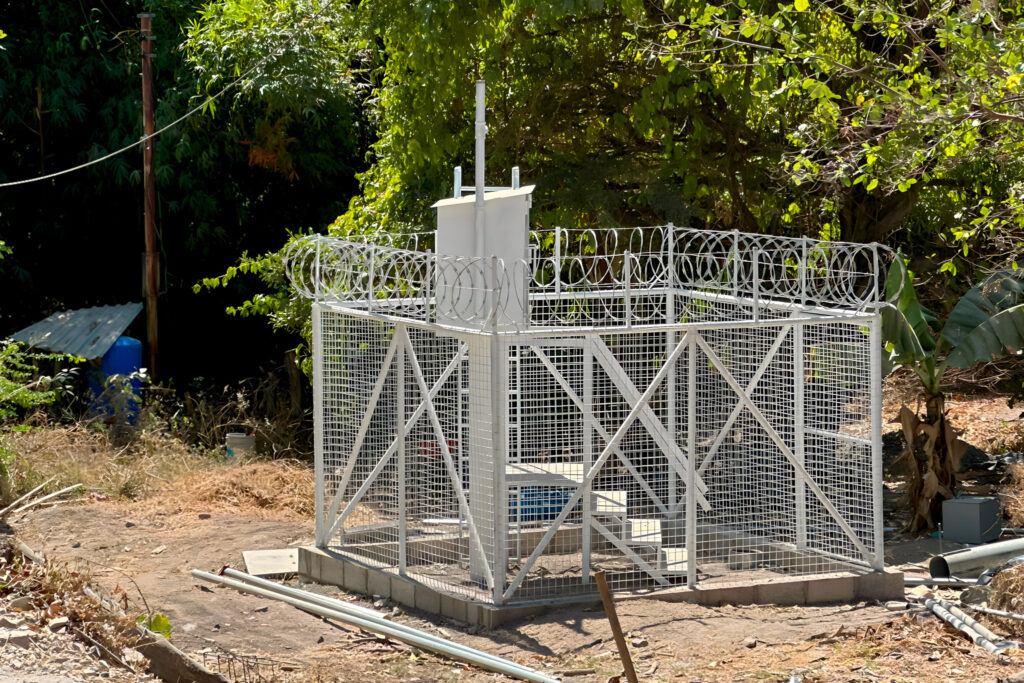
This data will help technicians at the Torogoz facility anticipate phenomena that affect water quality, enabling them to take preventive measures faster to protect the water supply and better preserve aquatic life. With more timely and consistent information, agencies and communities can develop new measures to improve water suitability for aquaculture and agriculture, benefiting communities that depend on aquatic resources.
This information will also be strengthened with environmental flow data developed by MARN, helping to protect the aquatic life of the territory. Data collection will be carried out with the new instruments provided by the project.
Guillermo Cornejo, a water resources specialist at MARN, recently told us: “We now have all the necessary equipment to conduct the biodiversity studies needed to determine ecological flows.”
Related Projects
